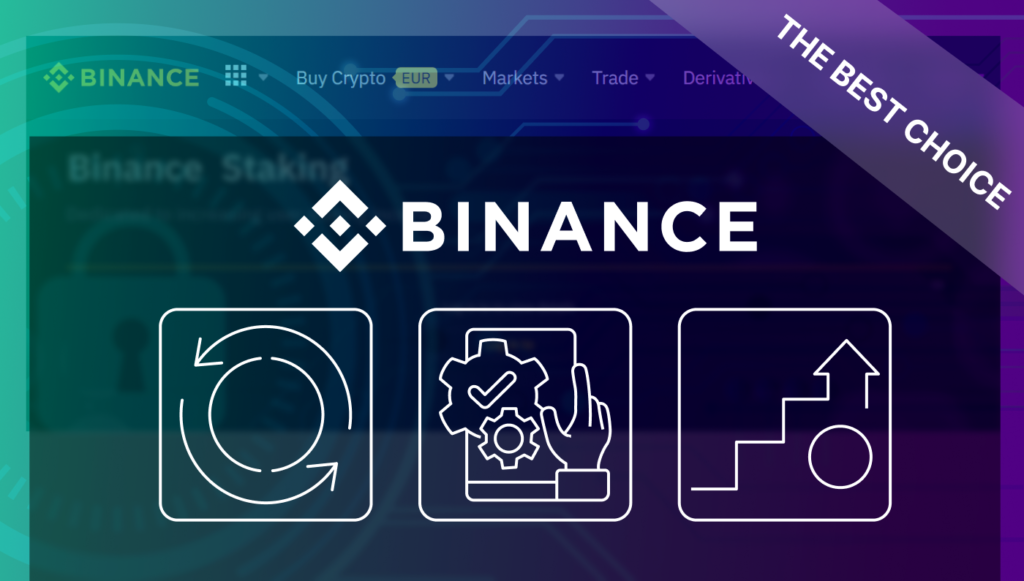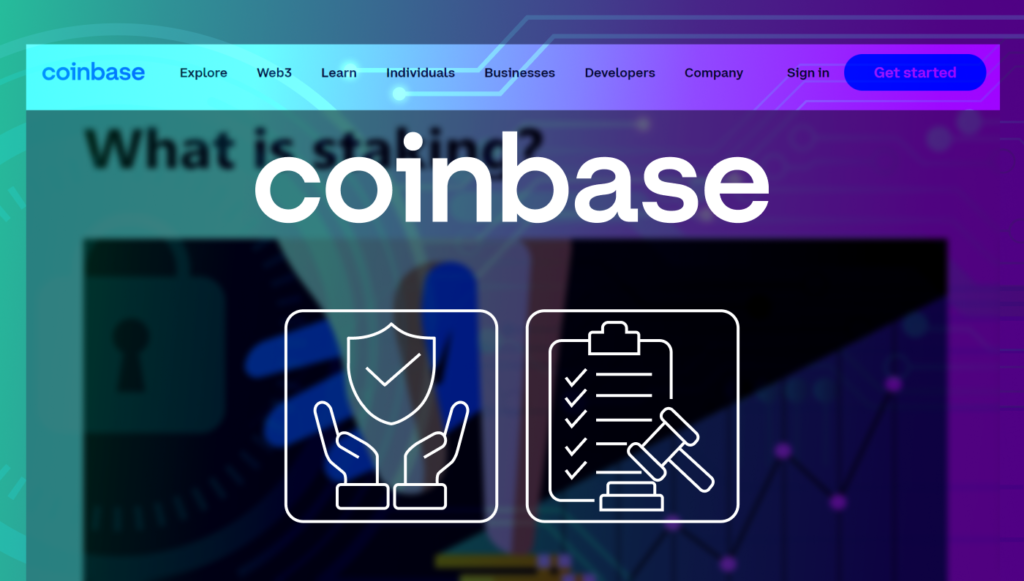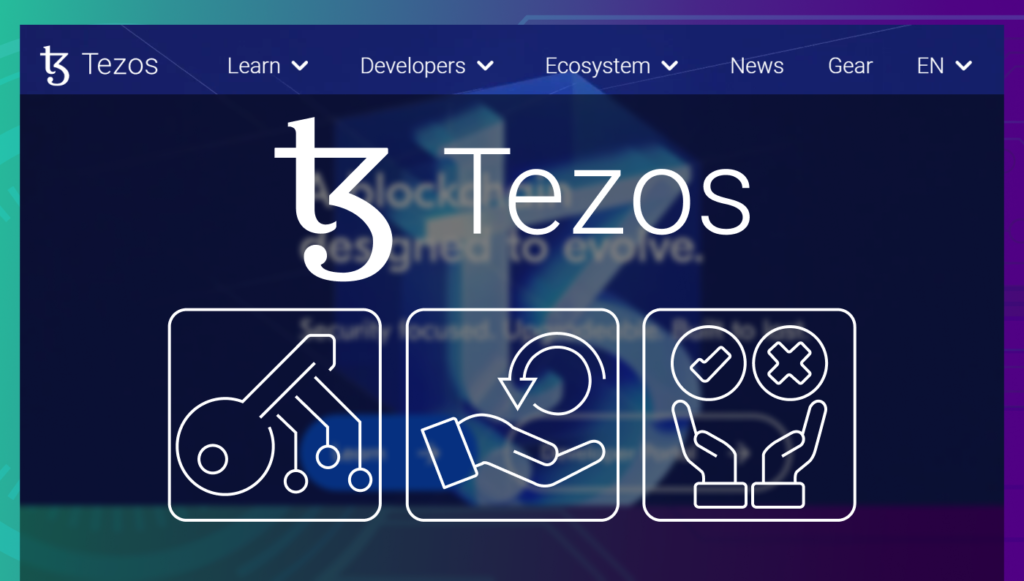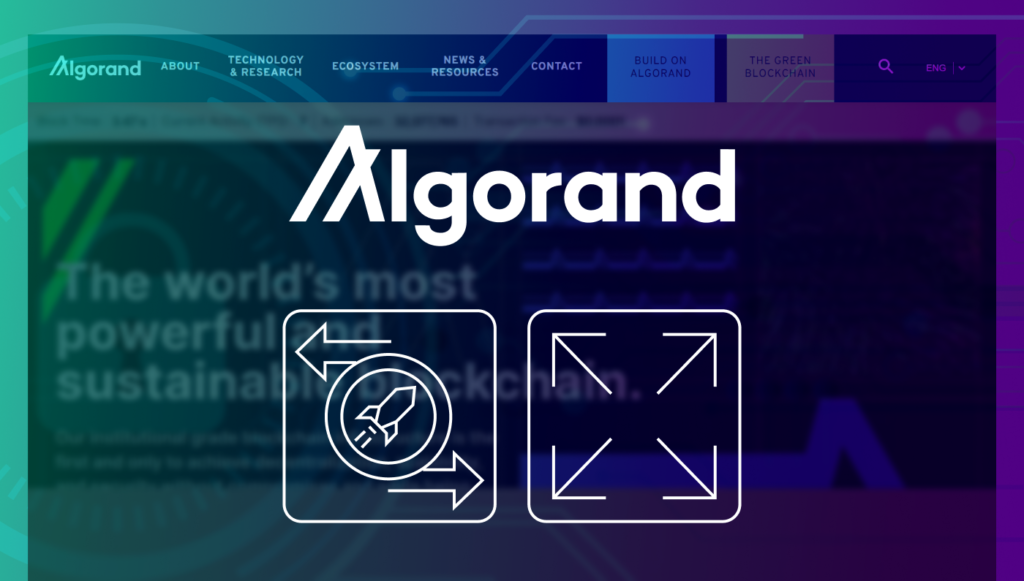Cryptocurrency staking has emerged as a lucrative way to earn passive income while contributing to the security and functionality of blockchain networks. In this detailed comparison, we’ll delve into the top 10 crypto staking platforms with the highest rates in 2023. We’ll not only highlight the advantages of each but also consider any potential disadvantages to help you make an informed choice.
1. Kraken Staking: A Pioneer in Staking Services
Advantages: Kraken Staking’s pioneering legacy is bolstered by a user-friendly interface and a diverse range of supported cryptocurrencies. It’s a secure platform with a strong reputation, making it suitable for beginners and experts alike.

Disadvantages: While Kraken offers a variety of coins, it may not have the same extensive list as some other platforms. Additionally, its staking offerings could benefit from more transparency and educational resources.
2. Binance Staking: High-Yield Options

Advantages: Binance boasts one of the most extensive selections of staking options. Its liquidity, user-friendly interface, and competitive rates make it a top choice for yield-focused stakers. Binance’s reputation for innovation and security further enhances its appeal.
Disadvantages: Binance’s vast ecosystem can be overwhelming for newcomers. Some users might prefer a more simplified staking experience. Additionally, regulatory concerns may arise in some regions.
3. Coinbase Staking: Trust and Accessibility

Advantages: Coinbase is synonymous with trust and user-friendliness. Staking on Coinbase is accessible and straightforward, making it an excellent choice for newcomers. Its commitment to security and regulatory compliance adds an extra layer of confidence.
Disadvantages: Coinbase may not offer as diverse a range of staking coins compared to other platforms. Additionally, fees associated with Coinbase can be relatively high, impacting overall returns for smaller stakers.
4. KuCoin Staking: Versatility and Earnings

Advantages: KuCoin Staking provides a versatile range of supported coins, enabling diversification of holdings. Its intuitive interface and growing community create a dynamic staking environment. KuCoin actively seeks to expand its offerings, catering to evolving user needs.
Disadvantages: As a rapidly growing platform, KuCoin may not have the same level of trust and security as more established exchanges. Users should exercise caution and perform due diligence.
5. Crypto.com Earn: All-in-One Platform

Advantages: Crypto.com Earn offers more than just staking opportunities; it provides a comprehensive crypto ecosystem. Competitive rates, a wide range of supported coins, and various crypto-related services make it an all-encompassing choice for enthusiasts.
Disadvantages: While the Crypto.com ecosystem is expansive, it might be complex for beginners. Users might need time to fully understand and utilize all available features.
6. Tezos (XTZ) Staking: Blockchain Governance and Rewards

Advantages: Tezos introduces a unique approach by involving stakers in blockchain governance. Beyond rewards, XTZ stakers actively participate in decisions, fostering a sense of community and responsibility.
Disadvantages: While Tezos offers a novel governance model, it might not be as well-known or widely supported as more established coins. Additionally, staking rewards can vary, depending on governance decisions.
7. Cardano (ADA) Staking: Sustainability and Eco-Friendly

Advantages: Cardano’s Proof-of-Stake mechanism ensures sustainability and energy efficiency. ADA stakers contribute to network security while supporting an eco-friendly approach to blockchain.
Disadvantages: Cardano’s ecosystem is still evolving, and its smart contract functionality is anticipated but not fully launched at the time of writing. This might limit the utility of ADA for certain users.
8. Polkadot (DOT) Staking: Nurturing a Connected Web

Advantages: Polkadot’s focus on interoperability and its unique parachain model set it apart. DOT stakers play a pivotal role in maintaining network security and fostering interoperability, contributing to the broader blockchain ecosystem.
Disadvantages: Polkadot’s complexity might be a hurdle for beginners. Additionally, as a relatively newer network, it might face competition from established blockchains.
9. Algorand (ALGO) Staking: Fast and Scalable

Advantages: Algorand’s PoS protocol ensures high-speed transactions and scalability. ALGO stakers actively participate in network consensus while enjoying rewards for their involvement.
Disadvantages: Despite its innovative technology, Algorand may not be as widely recognized as some other projects, potentially impacting its liquidity and adoption.
10. Ethereum 2.0 (ETH) Staking: Future-Proofing the Network

Advantages: Ethereum’s transition to Ethereum 2.0 introduces staking to enhance scalability and security. ETH stakers actively contribute to the network’s evolution, participating in network upgrades and ensuring its sustainability.
Disadvantages: Ethereum 2.0’s transition is a multi-phase process, and the full functionality is not yet complete. Staked ETH is locked, and users must wait for the transition to fully materialize before they can access their funds.
Conclusion
Choosing the right staking platform depends on your specific needs and preferences. Each platform offers unique advantages, whether it’s ease of use, a wide variety of supported coins, innovative governance models, or a commitment to sustainability. However, these advantages come with certain drawbacks, such as potential complexity for beginners or the need for thorough due diligence on newer platforms. It’s crucial to weigh these factors.
Subscribe to our email newsletter to get the latest posts delivered right to your email.

Comments